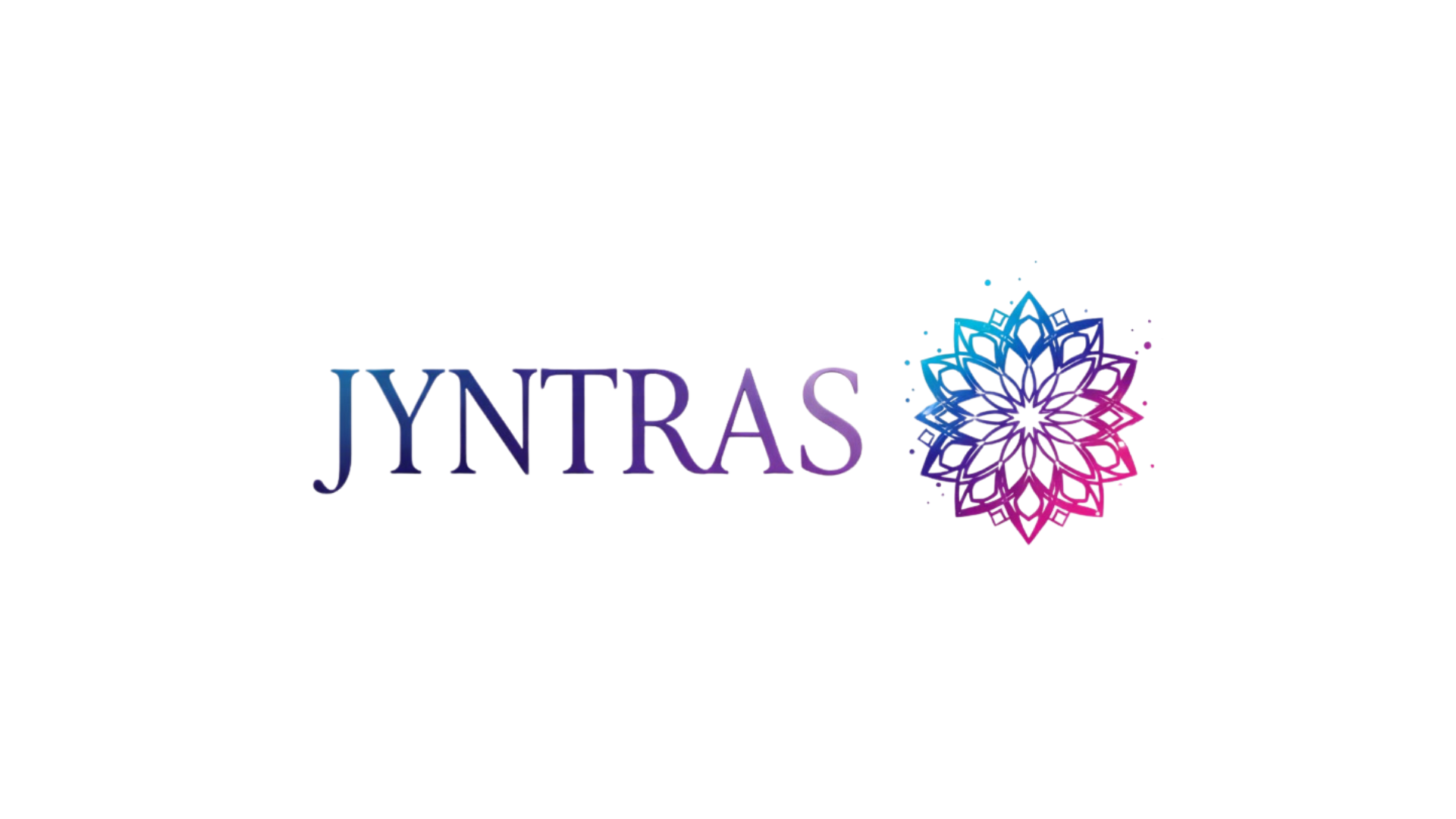Imagine if you could apply nature’s most powerful optimization process to design a life that continuously adapts, improves, and thrives in any environment.
Evolutionary algorithms represent one of the most fascinating intersections between biology, computer science, and personal development. These computational methods mimic the process of natural selection, where solutions evolve over time through variation, selection, and inheritance. But what if we could harness these same principles not just for solving complex mathematical problems, but for optimizing our daily decisions, habits, and life strategies?
The beauty of evolutionary thinking lies in its simplicity and power. Just as species adapt to their environments through generations of small improvements, we can design our lives to continuously evolve toward better outcomes. This isn’t about perfection—it’s about progress, adaptation, and resilience in the face of constant change.
🧬 Understanding Evolutionary Algorithms: Nature’s Blueprint for Success
Evolutionary algorithms operate on principles that have shaped life on Earth for billions of years. At their core, these algorithms work through a cycle of generation, evaluation, selection, and reproduction. A population of potential solutions is created, each solution is tested against specific criteria, the best performers are selected, and new solutions are generated by combining traits from successful candidates.
In computational terms, this process involves creating a population of candidate solutions, assigning fitness scores based on how well they solve a problem, selecting the fittest individuals, and using crossover and mutation operations to create the next generation. This cycle repeats until an optimal or satisfactory solution emerges.
The parallel to personal development is striking. Every day, we generate ideas and behaviors, evaluate their effectiveness, keep what works, and modify our approach based on results. The question is: are we doing this systematically and intentionally, or randomly and reactively?
The Four Pillars of Evolutionary Success
Understanding the fundamental mechanisms can transform how you approach life design:
- Variation: Generating diverse options and approaches to any challenge
- Selection: Identifying which strategies produce the best outcomes
- Inheritance: Preserving and building upon successful patterns
- Adaptation: Continuously adjusting to changing environments and circumstances
These pillars aren’t just theoretical concepts—they’re practical frameworks you can implement immediately. The key is recognizing that improvement doesn’t happen through massive, dramatic changes but through consistent, iterative refinements.
💡 From Code to Consciousness: Applying Algorithmic Thinking to Daily Life
The transition from understanding evolutionary algorithms conceptually to applying them practically requires a shift in mindset. Instead of viewing your life as a static entity, begin seeing it as a dynamic system that can be optimized through systematic experimentation and feedback loops.
Consider how software developers use A/B testing to optimize user experiences. They don’t guess what works best—they create variations, measure results, and implement winners. You can apply this same methodology to virtually any aspect of your life, from morning routines to communication styles to career strategies.
The fitness function in your personal evolutionary algorithm is your definition of success and well-being. This might include health metrics, relationship quality, financial stability, creative output, or personal fulfillment. The clearer you are about what you’re optimizing for, the more effective your evolutionary process becomes.
Creating Your Personal Fitness Function
Defining what “fitness” means in your life context is perhaps the most critical step. Without clear evaluation criteria, you’re evolving blindly. Your fitness function should be:
- Measurable: You need concrete ways to assess progress
- Multidimensional: Success encompasses various life domains
- Balanced: Optimizing one area shouldn’t destroy others
- Evolving: Your criteria should adapt as you grow
Rather than pursuing a single objective like wealth or status, effective life design recognizes multiple competing objectives. This multi-objective optimization is actually more sophisticated than single-goal pursuit and leads to more sustainable, satisfying outcomes.
🔄 The Adaptive Strategy Framework: Your Personal Evolution Engine
Building an adaptive strategy framework means creating systems that automatically improve over time. This isn’t about rigid planning or inflexible goals—it’s about establishing processes that generate, test, and refine approaches continuously.
Start by identifying key life domains where you want to see improvement. For each domain, establish a baseline measurement, generate multiple potential strategies, implement them as experiments, and collect data on outcomes. This data-driven approach removes emotion and bias from the evaluation process.
The power of this framework lies in its ability to handle complexity and uncertainty. Traditional goal-setting assumes a stable environment and a clear path to success. Evolutionary strategies acknowledge that environments change, obstacles appear, and the best path often reveals itself through exploration rather than planning.
Mutation and Crossover in Personal Development
In genetic algorithms, mutation introduces random variations while crossover combines traits from successful solutions. Both mechanisms have powerful analogues in personal growth.
Personal mutation means deliberately trying new approaches, even when your current methods work reasonably well. This prevents local optimization—getting stuck in “good enough” when “excellent” remains undiscovered. Schedule regular experiments where you intentionally vary your approach to routine tasks and challenges.
Crossover involves combining successful strategies from different contexts or role models. If you excel at discipline in fitness but struggle with consistency in learning, apply the same systems that work in one domain to another. Study diverse high performers and synthesize their strategies into hybrid approaches uniquely suited to your circumstances.
📊 Tracking Progress: Metrics That Matter in Life Evolution
Evolutionary algorithms require feedback—they cannot improve without information about what works. Similarly, your personal evolution demands measurement systems that provide actionable insights without becoming burdensome.
The most effective tracking systems balance comprehensiveness with simplicity. You need enough data to identify patterns but not so much that data collection becomes a full-time occupation. Focus on leading indicators—behaviors you can control—rather than lagging indicators—outcomes influenced by many factors.
| Life Domain | Leading Indicators | Lagging Indicators |
|---|---|---|
| Health | Daily exercise, sleep hours, meal quality | Weight, blood pressure, energy levels |
| Career | Skills practiced, connections made, projects completed | Income, promotions, recognition |
| Relationships | Quality time, meaningful conversations, acts of service | Relationship satisfaction, conflict frequency |
| Learning | Study time, concepts reviewed, applications practiced | Competencies acquired, certifications earned |
Modern technology makes tracking easier than ever. Numerous apps can help monitor habits, behaviors, and outcomes, turning your smartphone into a personal evolution laboratory. The key is choosing tools that enhance rather than complicate your life.
🎯 Selection Pressure: Creating Environments That Shape Better Choices
In nature, environmental pressures determine which traits survive. In life design, you can deliberately engineer your environment to favor desired behaviors and outcomes. This is perhaps the most underutilized strategy in personal development.
Selection pressure isn’t about willpower—it’s about structure. Instead of relying on motivation to make good choices, create circumstances where good choices become default options and bad choices require effort. This environmental design leverages the path of least resistance rather than fighting against it.
Consider your physical environment, social environment, and information environment. Each creates selection pressures that either support or undermine your evolutionary goals. Surrounding yourself with healthy food makes healthy eating easier. Connecting with ambitious people raises your achievement baseline. Consuming educational content shapes your thinking patterns.
Social Evolution: The Power of Peer Selection
Humans are fundamentally social creatures, and our evolution occurs within social contexts. The people you interact with regularly exert enormous selection pressure on your behaviors, beliefs, and aspirations. This isn’t about conformity—it’s about strategic social positioning.
Actively curate your social environment to include people who embody traits you want to develop. Their presence creates implicit standards and expectations that naturally elevate your performance. This doesn’t mean abandoning existing relationships, but rather intentionally expanding your network to include evolutionary catalysts.
Seek out communities organized around growth, whether in-person groups or online platforms. These communities provide diverse perspectives, accountability systems, and collective wisdom that accelerate individual evolution. The best communities celebrate experimentation and view failures as valuable data rather than personal deficits.
⚡ Rapid Prototyping: Testing Life Strategies at Scale
Evolutionary algorithms succeed partly because they can test thousands or millions of solutions quickly. While you can’t live multiple lives simultaneously, you can dramatically increase your rate of experimentation through strategic prototyping.
The concept is simple: instead of committing fully to major life changes, create small-scale experiments that test core assumptions. Want to change careers? Don’t quit your job immediately—start a side project that tests whether you actually enjoy the work. Considering a move? Spend extended time in the location before relocating permanently.
This prototyping approach reduces risk while increasing learning velocity. Each experiment generates valuable information regardless of outcome. “Failures” aren’t setbacks—they’re successful eliminations of suboptimal strategies, bringing you closer to solutions that genuinely work.
The 30-Day Evolution Sprint
One particularly effective prototyping framework is the 30-day experiment. This timeframe is long enough to generate meaningful data but short enough to maintain commitment even when experimenting with challenging changes.
Choose one specific variable to modify for 30 days while keeping other factors relatively constant. Document your experience, measure relevant metrics, and evaluate results at the end. This creates a controlled experiment that reveals causal relationships between behaviors and outcomes.
Run multiple experiments sequentially, building a personal database of what works for you specifically. This empirical approach cuts through generic advice and reveals personalized strategies optimized for your unique circumstances, preferences, and goals.
🌱 Sustaining Momentum: Building Anti-Fragile Evolution Systems
The most sophisticated evolutionary systems don’t just survive challenges—they grow stronger through adversity. This property, called anti-fragility, should be a design principle in your personal evolution framework.
Anti-fragile systems incorporate redundancy, optionality, and small stressors that build capacity. In practical terms, this means developing multiple income streams rather than relying on a single source, maintaining diverse skill sets rather than narrow specialization, and regularly exposing yourself to manageable challenges that build resilience.
The evolutionary perspective reframes setbacks as necessary components of the optimization process. Just as mutations occasionally produce worse solutions before discovering better ones, your experiments will sometimes yield disappointing results. This isn’t failure—it’s exploration of the solution space.
Preventing Premature Convergence
A critical failure mode in evolutionary algorithms is premature convergence—when the population loses diversity and settles on a suboptimal solution. This happens in life when we stop experimenting after finding something that works adequately.
Guard against this by maintaining deliberate variation even when satisfied with current results. Reserve time for exploration alongside exploitation. Continue developing new skills, meeting new people, and trying new approaches even when your existing strategies produce good outcomes.
This exploration-exploitation balance is one of the most sophisticated aspects of adaptive strategy. Too much exploration creates instability and prevents you from capitalizing on proven approaches. Too much exploitation causes stagnation and vulnerability to environmental changes. The optimal balance shifts throughout your life based on circumstances and goals.
🚀 Advanced Techniques: Multi-Objective Optimization for Complex Lives
Real life rarely involves optimizing a single objective. You’re simultaneously managing health, relationships, career, finances, personal growth, and recreation. Advanced evolutionary algorithms address this through Pareto optimization—finding solutions that balance multiple competing objectives.
In practice, this means recognizing that trade-offs are inevitable and making them consciously rather than accidentally. Working 80 hours weekly might optimize career advancement but catastrophically harm health and relationships. The goal isn’t maximum performance in one domain but optimal balance across all domains you value.
Create what researchers call a “Pareto front”—a set of solutions where improving one objective requires sacrificing another. This visualization helps you understand available options and make informed choices about where to position yourself on various trade-off spectrums.
Your position on these spectrums should shift over time as circumstances and priorities evolve. The career-focused optimization appropriate in your twenties might be suboptimal in your forties when family and health deserve greater weight. Adaptive strategies recognize and accommodate these life-stage transitions.
🔮 Future-Proofing Through Evolutionary Thinking
Perhaps the greatest benefit of evolutionary approaches is their inherent future-proofing capability. Because they emphasize adaptation over rigid planning, they remain effective even as circumstances change dramatically.
In an era of accelerating technological, economic, and social change, the ability to evolve quickly becomes more valuable than any specific skill or strategy. By building systems that continuously generate, test, and refine approaches, you develop meta-skills that transcend particular domains.
This evolutionary mindset transforms uncertainty from a threat into an opportunity. When you’re equipped with robust adaptation mechanisms, change becomes a chance to discover superior solutions that weren’t previously accessible. The question shifts from “how do I predict the future?” to “how do I build capacity to thrive regardless of which future emerges?”
Cultivate cognitive flexibility—the ability to reconsider assumptions, update beliefs based on new evidence, and pivot strategies when data suggests better approaches exist. This flexibility, combined with systematic experimentation and honest evaluation, creates an unstoppable improvement engine.

🎨 Designing Your Evolutionary Journey: From Theory to Practice
Understanding evolutionary principles is valuable, but transformation requires implementation. Begin by selecting one life domain where you want to apply these strategies. Starting small allows you to refine your approach before expanding to other areas.
Document your current state honestly, without judgment. Establish baseline measurements for key metrics. Generate at least three alternative strategies for improvement. Implement the most promising approach while continuing to refine the others. Set a review date to evaluate results and decide whether to continue, modify, or abandon the strategy.
This process becomes increasingly intuitive with practice. Eventually, adaptive thinking becomes automatic—you naturally generate options, experiment systematically, and learn from outcomes without conscious effort. This internalized evolutionary algorithm becomes perhaps the most valuable skill you can develop.
Remember that evolution operates on multiple timescales simultaneously. Some adaptations produce immediate results while others require extended periods to manifest. Maintain experiments across different timeframes to balance quick wins with long-term transformations.
The journey of designing your best life through evolutionary strategies is inherently personal and endlessly fascinating. Unlike prescriptive approaches that promise universal solutions, evolutionary thinking acknowledges your uniqueness and leverages it. Your optimal life design differs from everyone else’s, discovered through exploration rather than imitation.
By embracing variation, measuring honestly, selecting ruthlessly, and adapting continuously, you harness the same process that created the magnificent diversity and complexity of life itself. This isn’t just a personal development technique—it’s a fundamental principle of how complex systems improve over time. You’re not just optimizing your life; you’re participating consciously in the grand evolutionary process that shapes everything from ecosystems to economies to individual existence. The power is already within you—these frameworks simply help you direct it intentionally toward your highest aspirations. 🌟
Toni Santos is a deep-biology researcher and conscious-evolution writer exploring how genes, microbes and synthetic life inform the future of awareness and adaptation. Through his investigations into bioinformatics, microbiome intelligence and engineered living systems, Toni examines how life itself becomes a field of awakening, design and possibility. Passionate about consciousness in biology and the evolution of living systems, Toni focuses on how life’s architecture invites insight, coherence and transformation. His work highlights the convergence of science, philosophy and emergent life — guiding readers toward a deeper encounter with their living world. Blending genetics, systems biology and evolutionary philosophy, Toni writes about the future of living systems — helping readers understand how life evolves through awareness, integration and design. His work is a tribute to: The intertwining of biology, consciousness and evolution The emergence of microbial intelligence within and around us The vision of life as designed, adaptive and self-aware Whether you are a scientist, thinker or evolving being, Toni Santos invites you to explore the biology of tomorrow — one gene, one microbe, one awakening at a time.




